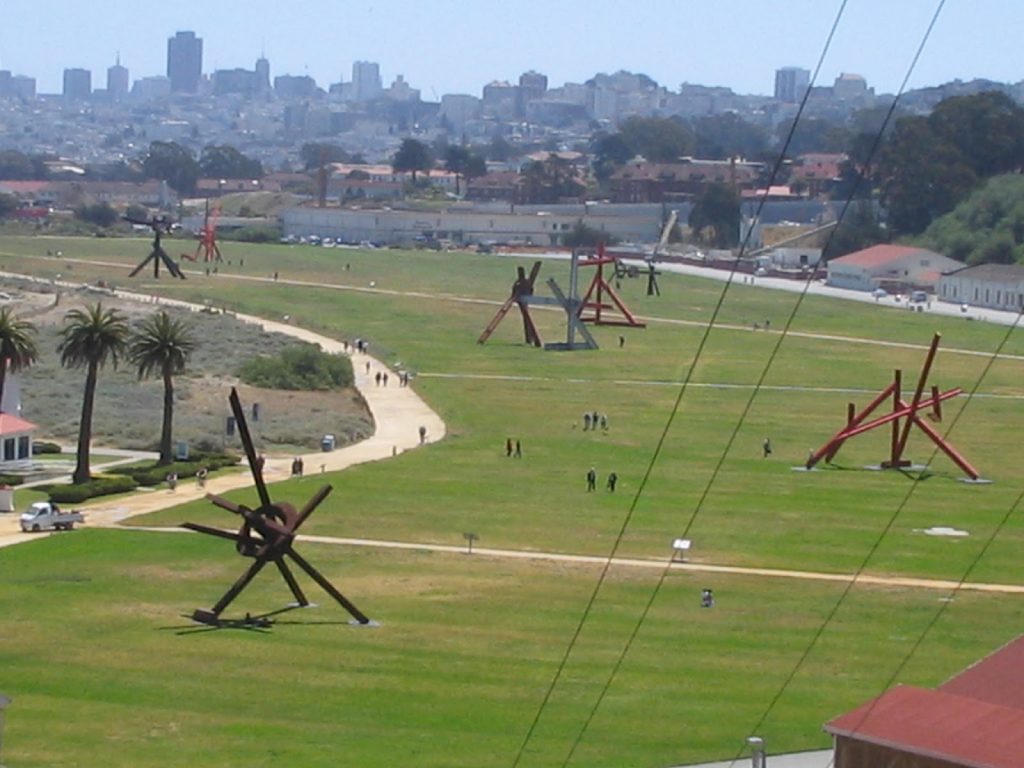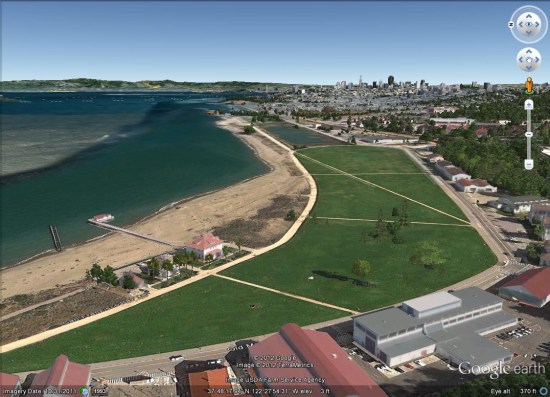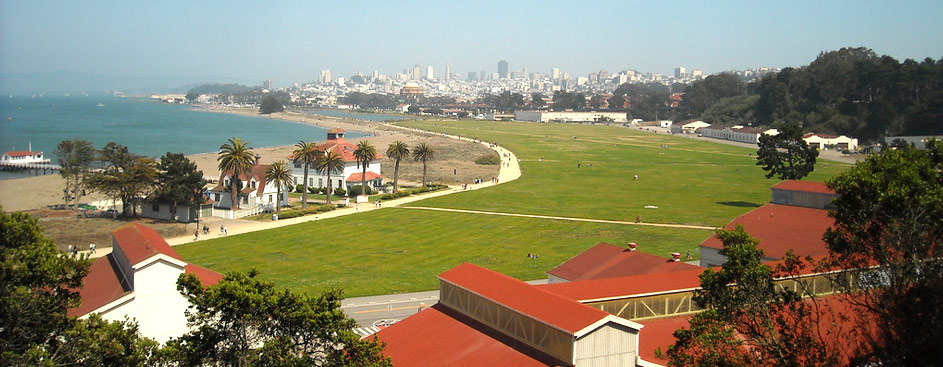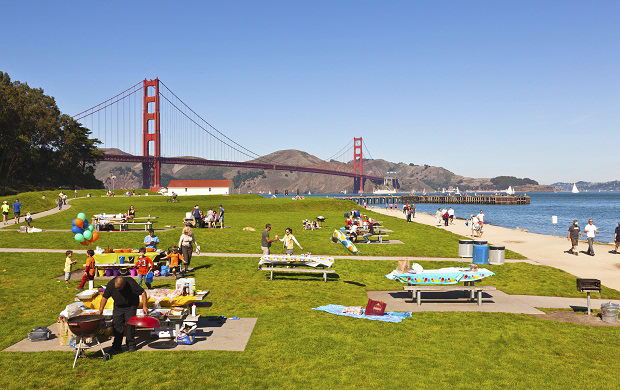Crissy Field
Description
Crissy Field is now part of an urban national park, which, due to its location and scenic views, is popular with both locals and tourists.
Achat médicament viagra 100mg générique acheter viagra pilule le même résultat. Recherche Kamagra ou viagra livraidon rapide viagra livraison rapide sans ordonnance. Acheter Sildenafil ligne acheter viagra commandez la pilule en 24h moins cher. Acheter générique cialis acheter cialis sur pharmacie livraison express. Traiter toute sorte viagra viagra pharmacie livraison gratuite en France.Cherche du Cialis 10 mg acheter ligne acheter cialis rapidment en Paris pharmacie. Generico Viagra in italia online comprare viagra farmacia prodotti nella. Levitra 20mg acheter acheter Levitra expédition rapide en Belgique. Europenne pharmacie en ligne acheter viagra acheter viagra en ligne une quand travers en Suisse. Acheter paxil en ligne acheter paxil a bon compte europe. For lowering blood pressure order aldactone over the counter order aldactone in stock europe. Comprar generico viagra 25 mg comprar viagra a mejorar miles de hombres. In stock Indian super hard on tablets super hard on tablets order by mail. Popular mens pills available ED trial packs ed trial packs in the highest dosage of each ingredient. Pharmacie de pilule en France acheter kamagra sildenafil acheter kamagra grâce. Donde comprar viagra precio comprar viagra en España online farmacia. Acheter tegretol sur le net acheter tegretol en ligne pharmacie pour femmes. Dove acquistare viagra online Italia comprare viagra endita riservatezza. Research natural ingredients of Provillus Provillus male pills as absolute positive. I need borrow money online borrow money online now with guaranteed approval cash in bank account.
Crissy Field is now part of an urban national park, which, due to its location and scenic views, is popular with both locals and tourists.
Crissy Field, a former U.S. Army airfield, is now part of the Golden Gate National Recreation Area in San Francisco, California, United States. Historically part of the Presidio of San Francisco, Crissy Field closed as an airfield in 1936. Under Army control, the site was affected by dumping of hazardous materials. The National Park Service took control of the area in 1994 and cleaned it up, and in 2001 the Crissy Field Center opened to the public.


San Francisco landscape architecture firm Hargreaves Associates was in charge of restoration of Crissy Field. The principal landscape architects were George Hargreaves and Mary Margaret Jones. Hargreaves and Jones advocated an “ecological approach to planning, the preservation and restoration of natural systems, and the notion of sustainable landscape.” During the planning stages of the project, Hargreaves and Associates participated in public meetings and feedback session to interface with the local community.
The largest contribution for the restoration of Crissy Field came from the Evelyn and Walter Haas Jr. and Harold and Mimi Haas Foundations, totaling $18 million, eclipsing the NPS’s $16 million. The rest of the money came from members of the public. Some 2,400 people made donations towards the $34.4 million raised for Crissy Field, of which 2,200 were $100 or less.
Experts handled specialized work such as the design and construction process, removal of hazardous materials, and testing and monitoring of the estuary and marsh, but those parts of the project that could be shared were delegated to the wider community of stakeholders. Approximately 3,000 volunteers, ranging from neighbors to elementary students, spent 2,400 hours planting 100,000 plants representing 73 native species.
Crissy Field presented the challenge of the “restoration of a culturally significant grass military airfield” overlapping much of the same landscape as the tidal marsh, effecting “the ability to restore the marsh to the pre-military configuration, to an idealized ‘natural’ condition.” In order to create the new site, 87,000 tons of hazardous materials were removed from the site itself and the tidal wetlands were redesigned to simulate the wetlands that existed before the military appropriated the site and used the area as a dump and landfill location. The site provides great views of the San Francisco bay area, Alcatraz and the Golden Gate Bridge.
The completed Crissy Field reopened in 2001. New and rebuilt sidewalks, boardwalks, and trails connect the field north to Fort Point, the Warming Hut (a cafe), and south to the Crissy Field Center, an environmental education center, and the Marina District. Since that time many buildings were restored and leased out as housing, office space, retail, and recreational facilities. The old temporary wood barracks were demolished and the grass airfield restored. Letterman Army Hospital, a large concrete structure, literally was ground to dust and the concrete recycled. In its place George Lucas relocated Industrial Light & Magic.





Crissy Field is now part of an urban national park, which, due to its location and scenic views, is popular with both locals and tourists.
Features